I have a few different mushroom compound butters on this website, but shaggy mane ink butter is different. Instead of being made with dried mushrooms or cooked fresh mushrooms, this ones made with mushroom ink.
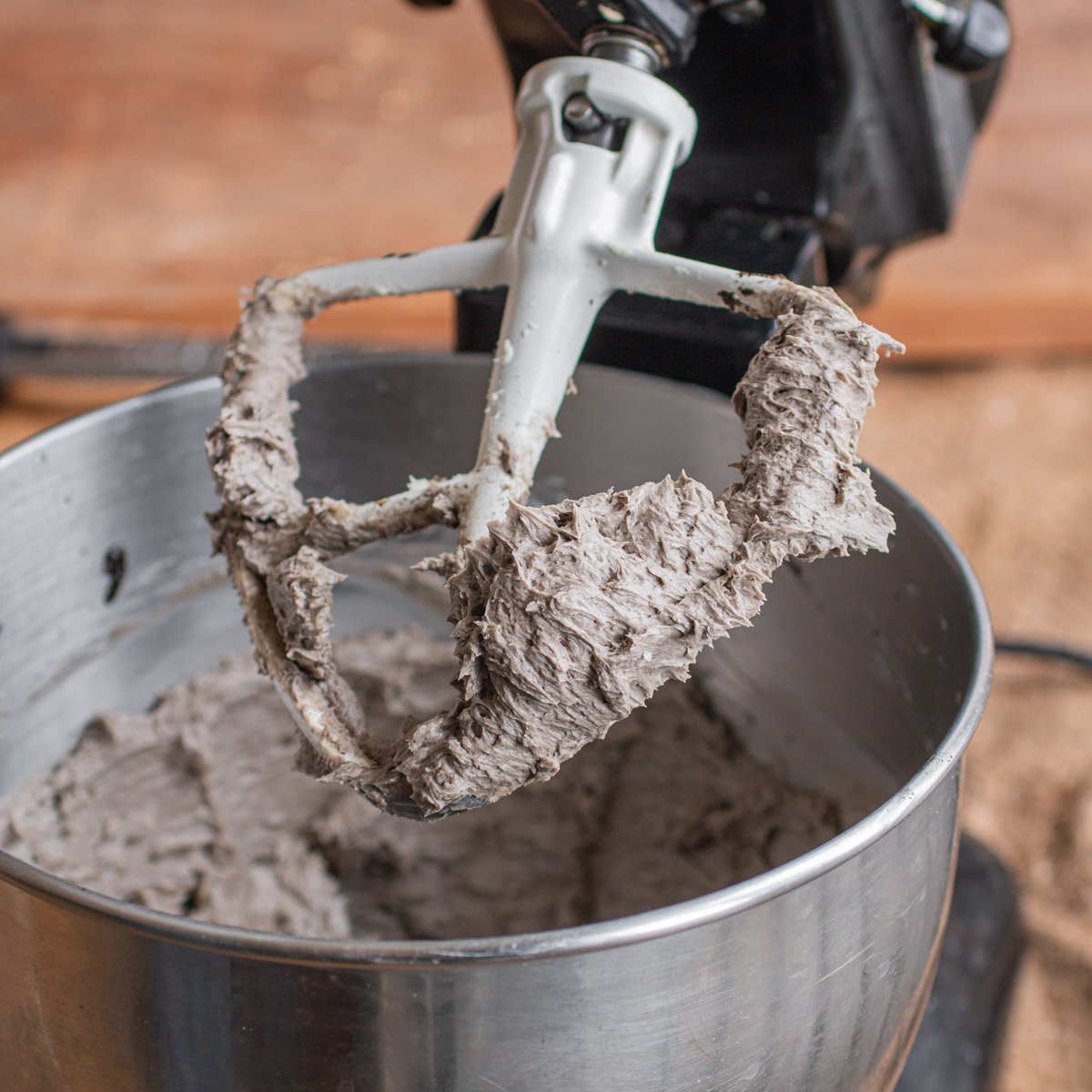
If you're unfamiliar, shaggy manes turn into an inky black substance as they mature. The transformation from mushroom to goo might look unappetizing, but it's actually safe to eat.
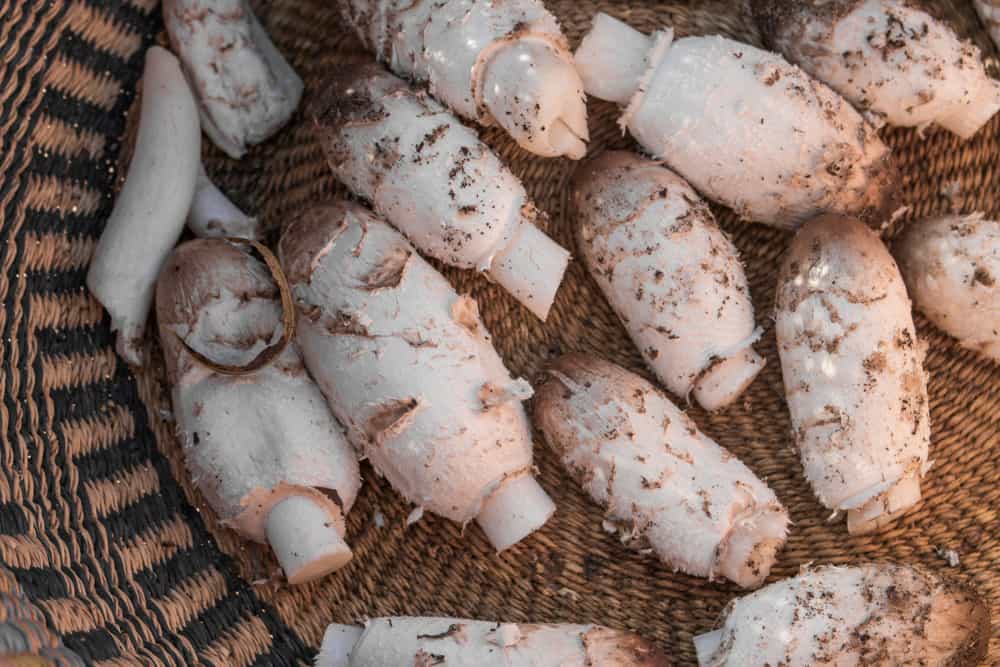
Instead of bacterial decomposition, deliquescing (the technical name) is a spore-spreading trick that the shaggys and their cousins like Coprinopsis atramentarius which you shouldn't eat developed over time. Basically, it's an enzymatic process, which is different from eating rotten food, although the thought of it might scare some people at first.
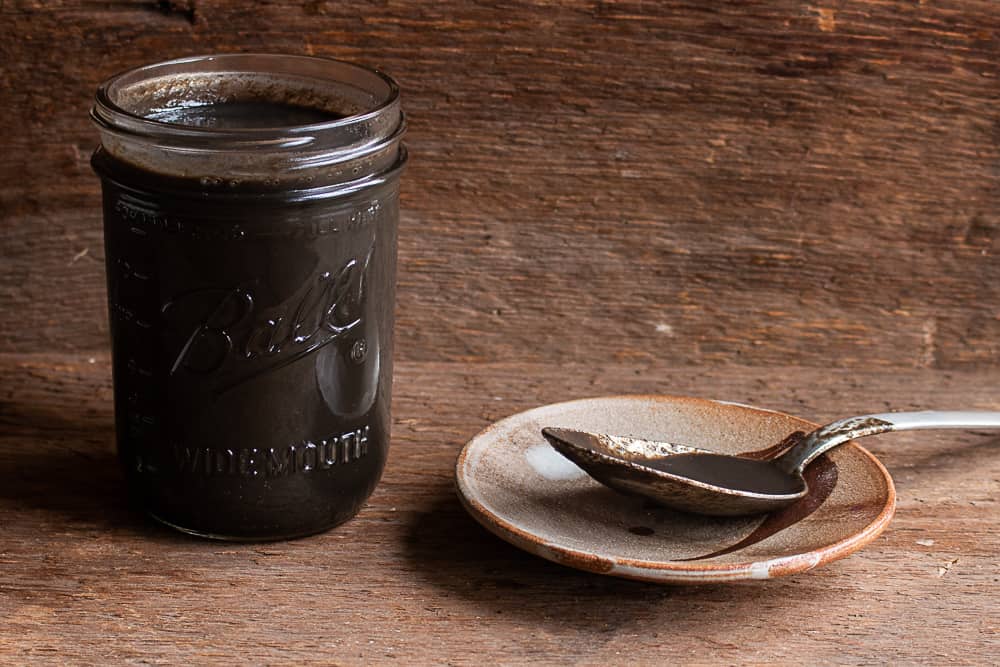
I'm not going to go into the whole process of deliquescing and making culinary ink in this post. You let the mushrooms sit out and turn black, then you cook and process them into a smooth, black puree.
The mushroom compound butter here is just a fun idea for you to try after you've gone through the journey of making the ink. There's a step-by-step guide to making the ink in the link at the bottom of this post if you're interested. I owe a debt to mushroom hunting trailblazers Chef Chad Hyatt and David Arora for turning me onto the process of making the ink.
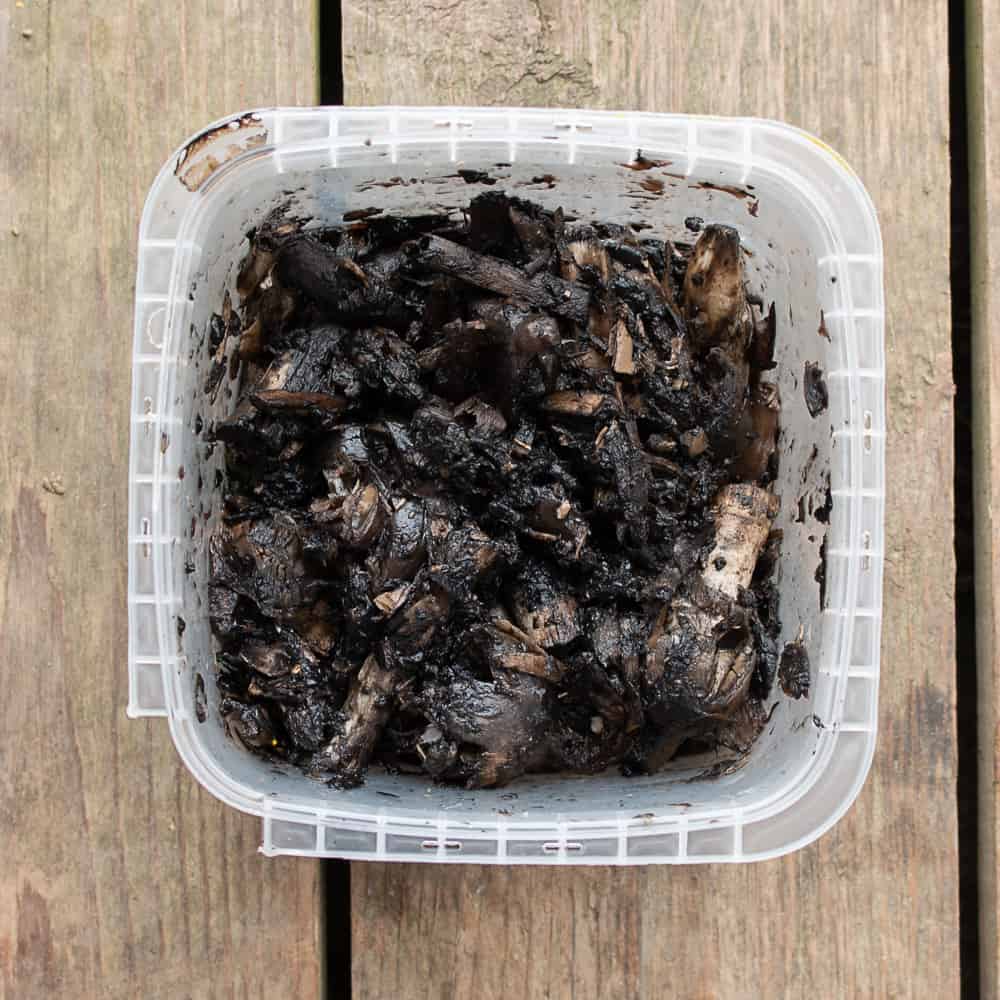
How to use the butter
Mushroom compound butter has all kinds of uses. Here's a few of my favorite examples.
- Cut a slice and let it melt on top of a steak.
- Toss some with wilted spinach or your favorite leafy green.
- Stir some into a mushroom risotto at the least minute.
- Melt the butter and spoon it on top of your favorite mushroom soup, especially brothy ones.
- Spread the butter on grilled toast, then top it with sauteed mushrooms as I do in my wild mushroom tartine.
Adapting the recipe
Besides making the ink, which takes some time and patience, this is just a simple wild mushroom compound butter, and you can switch things up and adjust the seasonings to your taste. Here's a few ideas.
- Adding fresh lemon zest to taste can brighten the butter if you find the taste mild.
- Adding some grated garlic and fresh chopped Italian parsley is a good way boost the flavor.
- Adding herbs, especially chopped fresh thyme or summer savory are good too.
I don't have shaggy mane ink
If you haven't made the mushroom ink, or don't want to. You can substitute a puree of black trumpet mushrooms for the shaggy mane ink, and it will work just fine.
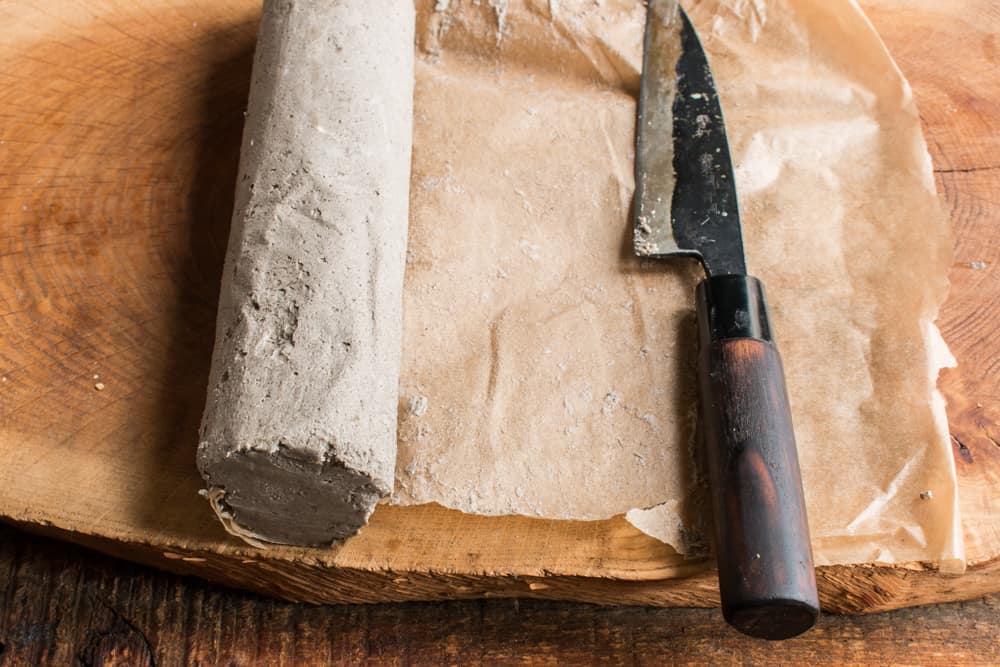
Related Posts
How to Make Shaggy Mane Mushroom Ink
Forager's Guide to Shaggy Mane Mushrooms
Shaggy Mane Ink Compound Butter
Equipment
- 1 Stand Mixer or food processor
Ingredients
- ½ cup shaggy mane ink see recipe, slowly reduced down to ¼ cup, chilled
- 8 oz unsalted butter chilled
- ½ teaspoon kosher salt or more to taste
Instructions
- Chop the butter into pieces, then put in a food processor with the shaggy mane ink.
- Pulse the mixture the break it up, then continue pureeing until it becomes smooth and homogenous.
- Season the mushroom butter with salt and pepper until it tastes good to you.
- Remove the butter to a piece of parchment, roll into an even log, wrap in plastic or vacuum seal, and freeze.
- The butter will keep in the fridge for a week, and can be frozen for up to a year.
- Use the finished butter in soups, sauces, and melted on top of steaks and vegetables.

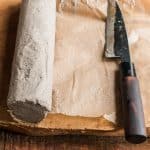
Leave a Reply